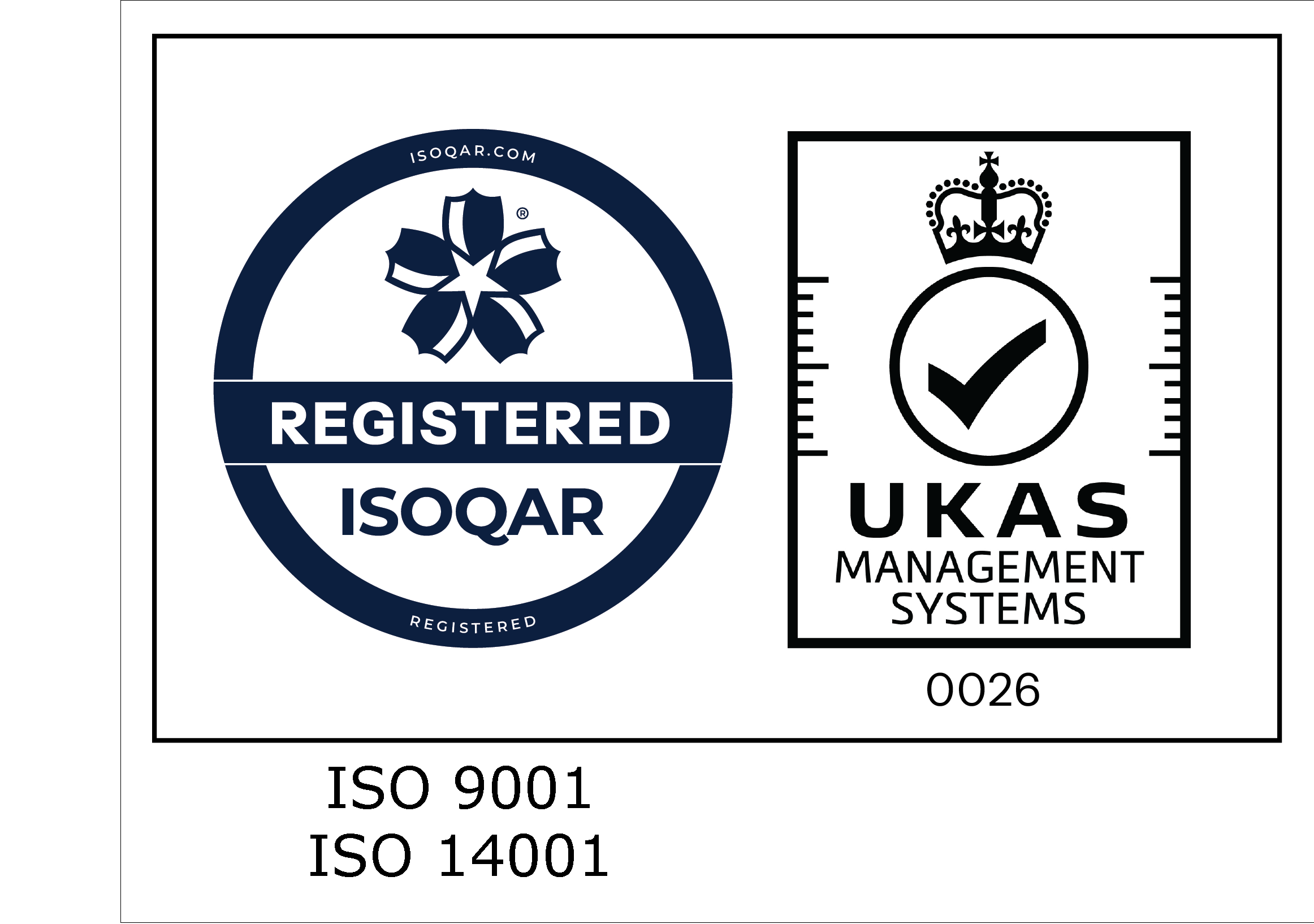The packaging of any type, value and quantity of products for transportation and distribution can be a delicate job. Inadequate packaging can increase the risk of damage or breakage, which comes with both financial implications and logistical and customer issues, so it’s important to consider several things before you choose packaging materials for your goods
1. What is the product
Different kinds of product require different forms of packaging – sometimes specialist – so it’s important to consider the kind of product you have in order to determine which packaging products will ensure the safest arrival. The methods used to help transport metal products from one location to another may not be the same as transporting wood products for example. Items such as electronic goods or highly sensitive computer parts have to be packed using certain materials to prevent contact with dust particles. Some packages may require a specific box size or room for padding. Think about the product that you are packaging and assess the size and materials used in order to better find a more suitable packaging solution for you. Keep in mind too that the wrong packaging may not just fail to provide adequate protection, it could also cause costs to rise2.
2. Weight concerns
Heavier products will require stronger packaging and protection when being transported. Inadequate packaging on a heavy product may result in the packaging breaking during transit and damage occurring to the product itself, as well as potentially being a safety risk to others. Also, parcels that may be lifted by hand need to be at a weight that deemed safe to do so by the relevant manual handling regulations. This could help determine the size and capacity of packaging used.
3. Are there any extra considerations?
Consider whether or not you may need additional supplies in order to safely package your product and allow for a clean distribution. More fragile materials will need to be protected as well as be securely wrapped, so that will mean that you will need to consider using additional and sometimes specialist packaging products such as inflated plastic covers or bubble wrap. Likewise, living products such as flowers or plants may require a water source such as a wet pad while food products could require ice packs to remain cool. For more specialist products, you may also need to think about the implications of any odours, liquids and handler safety.
4. What is the expected travel time
The product you are packaging may be transported either locally, nationally or internationally and that distance, plus the mode of transportation, will make a difference to the type of packaging used. This means it’s really important to consider where the product is going, how it is being transported and how long it is going to take to get to the end user.
Keeping all of these eventualities in mind will help you to make the right choice when it comes to picking the correct packaging materials and method for your goods.
5. Damage Prevention Measures.
Whilst it may be very difficult to completely guarantee that every product will arrive to the customer in perfect condition, there are certain measures that can be taken to help prevent the chances of damage. Do Not Stack pallet Cones are an excellent example of this, alerting people throughout the pallet network that the items on the pallet are fragile and that other pallets should not be placed on top.




